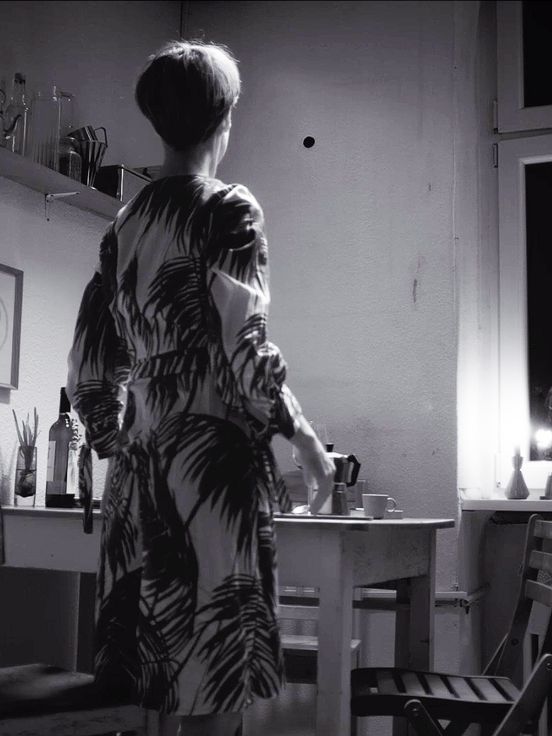Du bei mir (You by Me) – Part I, 2016-17
In the first part, Niccoli explores bodily expressions of spirituality. We see a man performing a ritual prostration, crawling along wet streets in a dark storm. His inner peace contrasts strikingly with the tempestuous weather.

